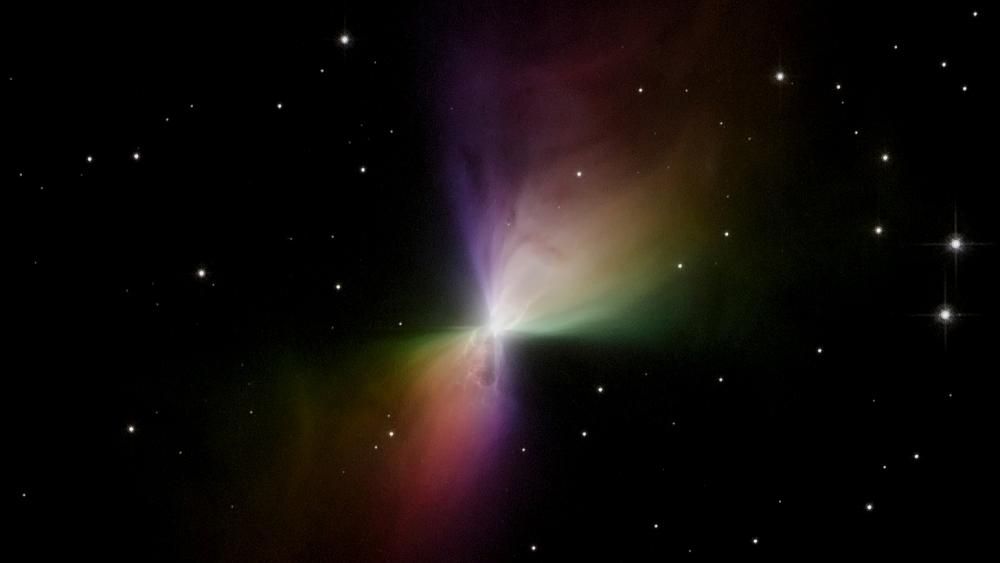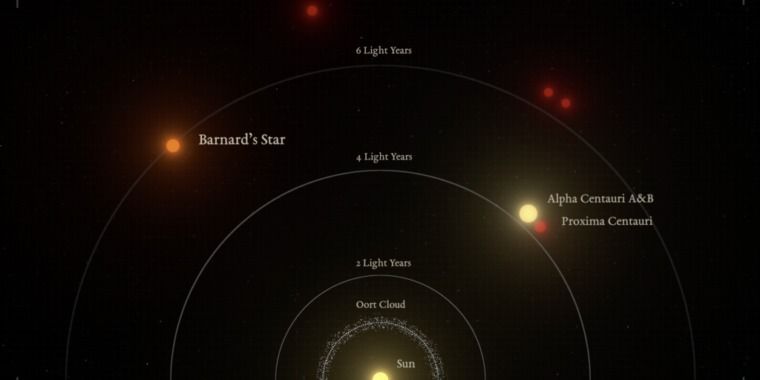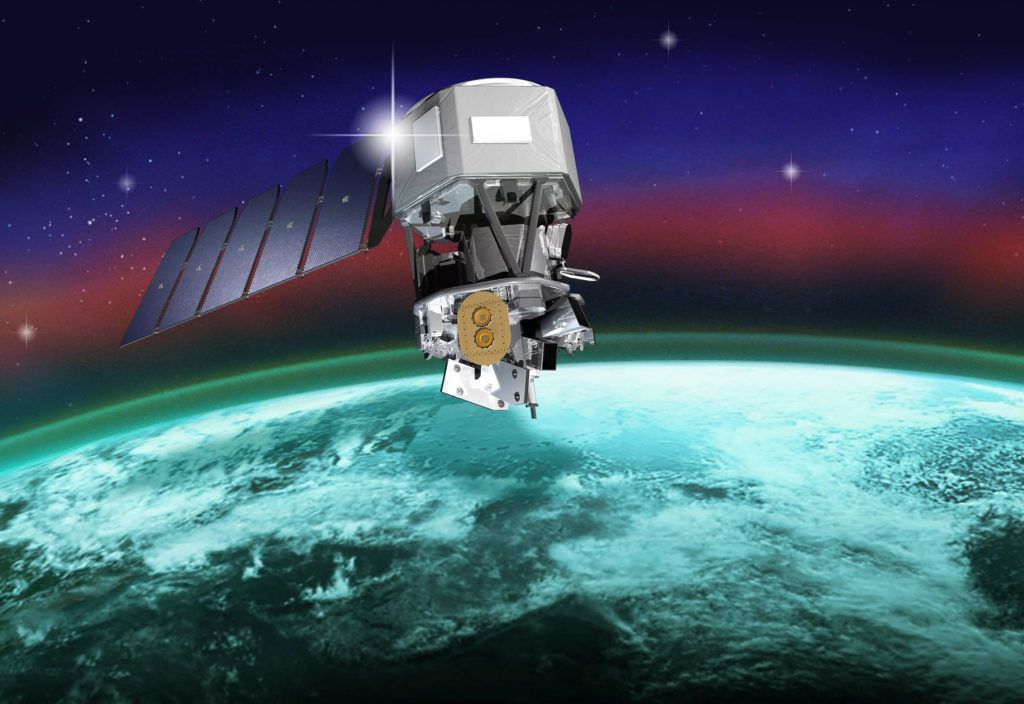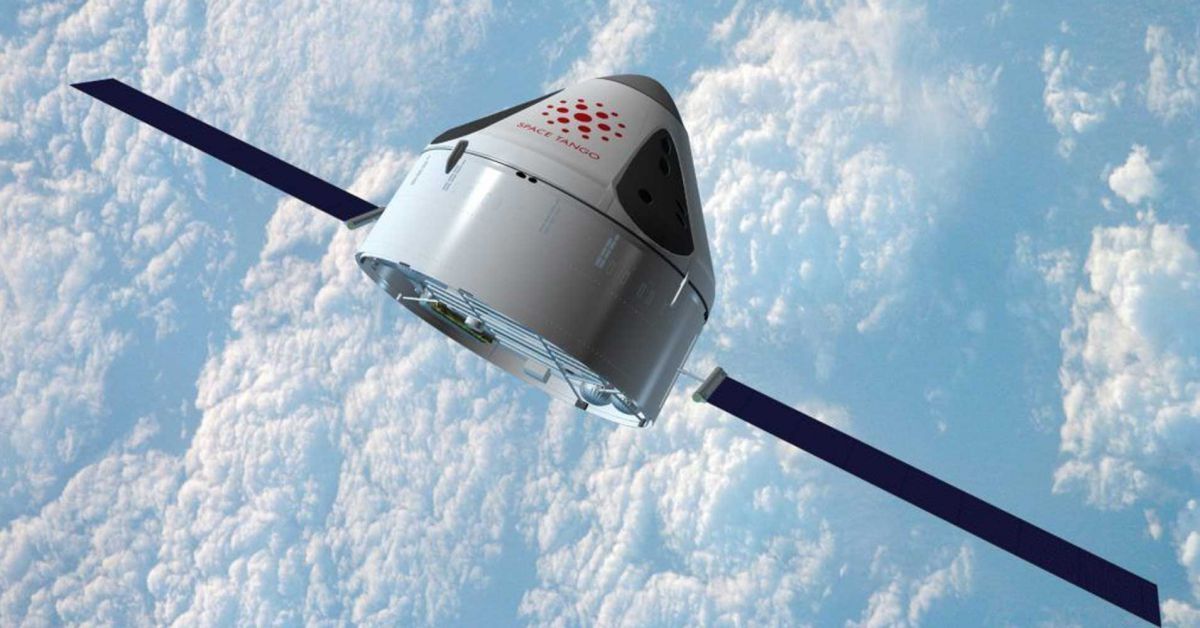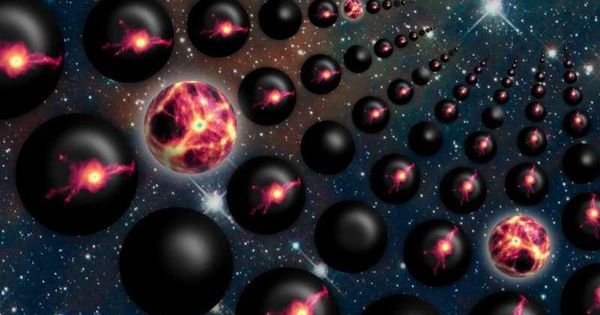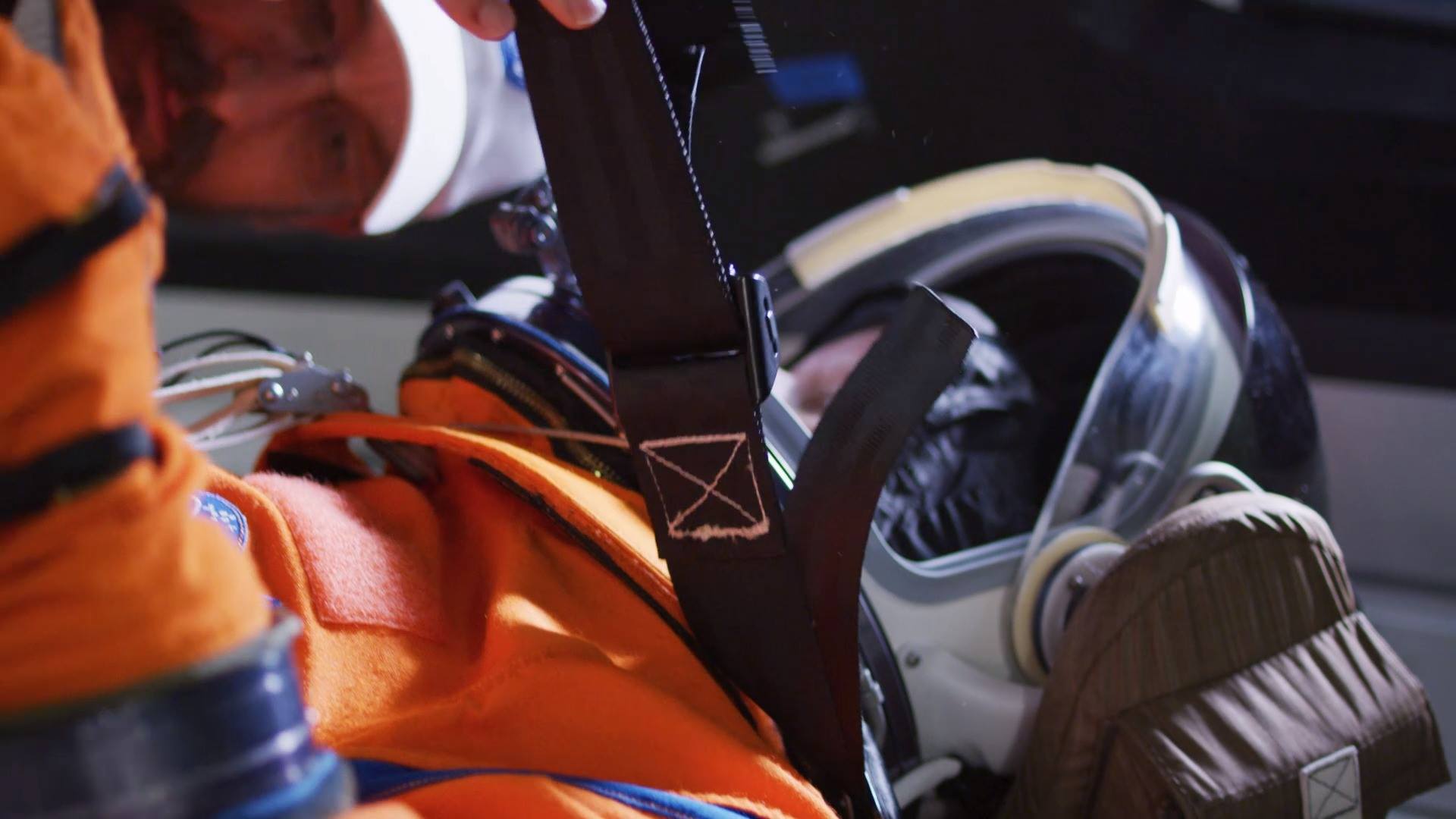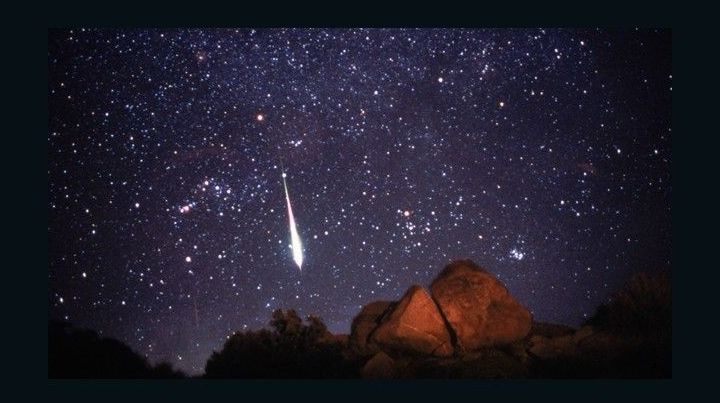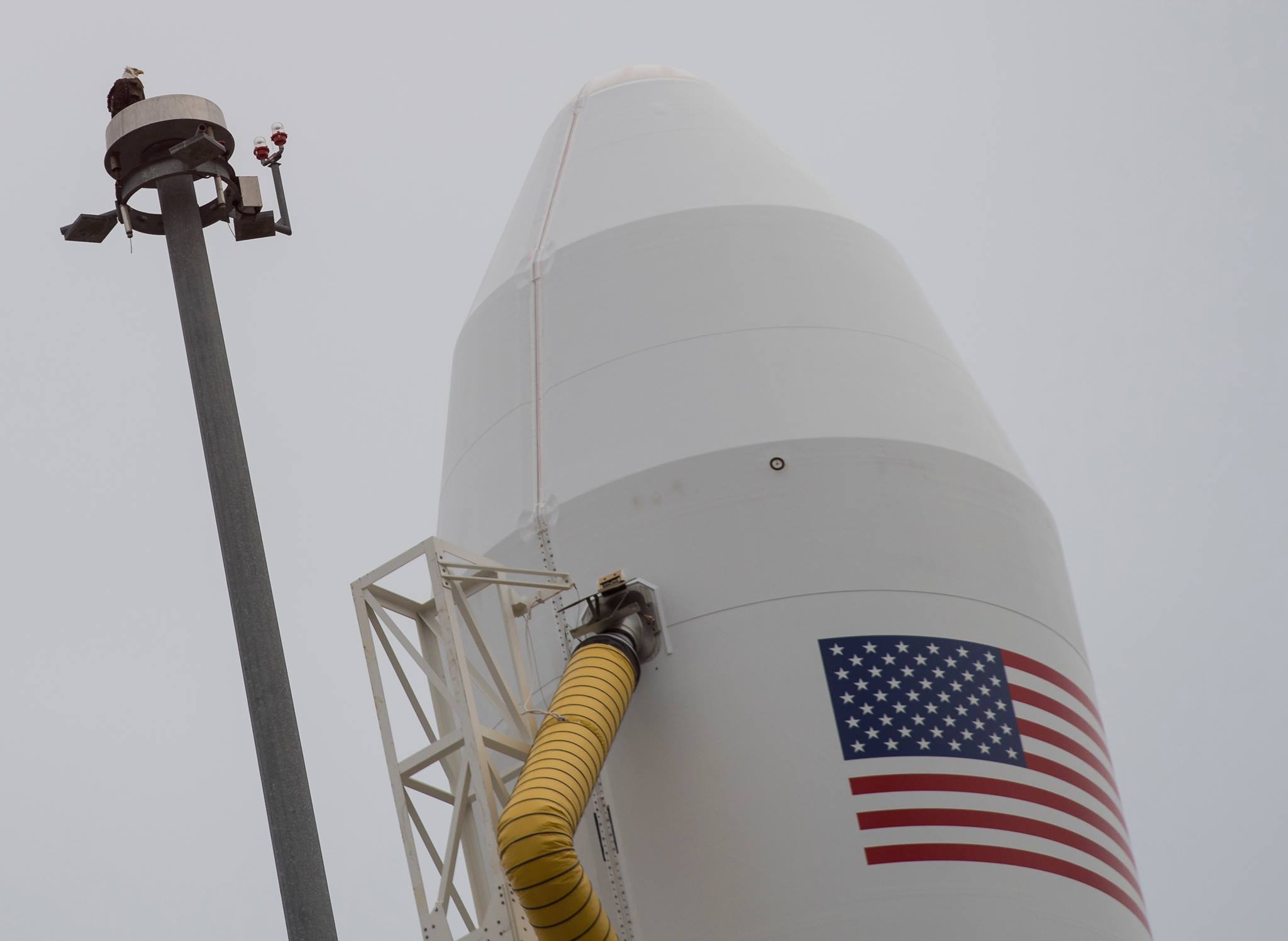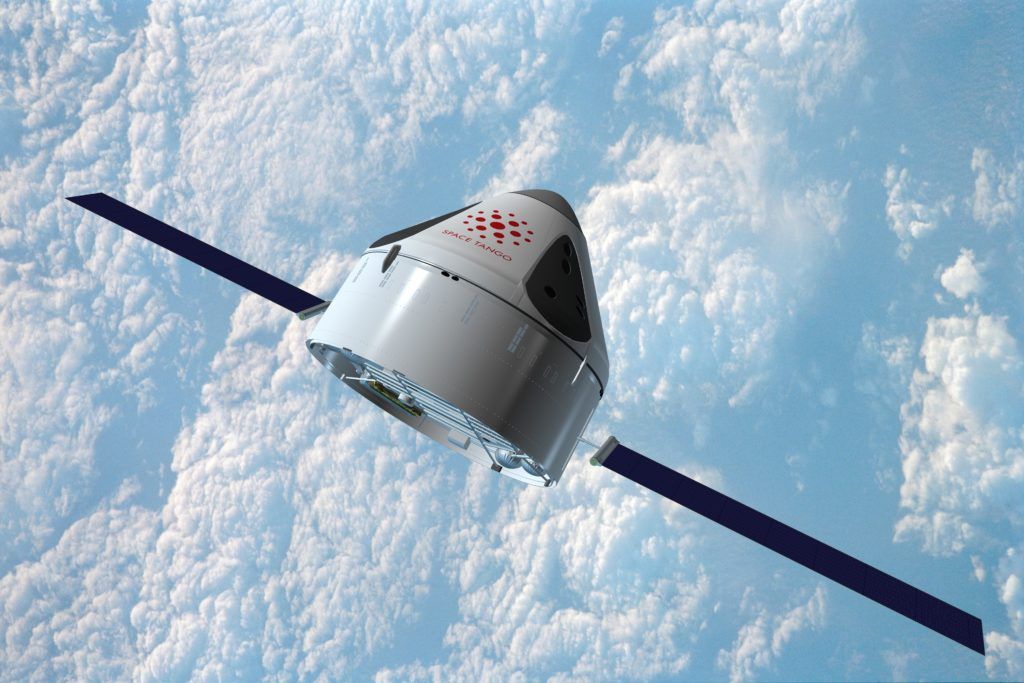The coldest place beyond Earth is artificial, too. Last summer, astronauts activated an experiment called the Cold Atom Lab aboard the International Space Station. The lab has attained temperatures 30 million times lower than empty space. “I’ve been working on this idea, off and on, for over 20 years,” says Robert Thompson of NASA’s Jet Propulsion Lab, one of the researchers who devised the experiment. “It feels incredible to witness it up and operating.”
What happens when matter gets that cold?
If Thompson sounds excited, it’s because ultra-cold atoms behave in fascinating and potentially useful ways. For one thing, they lose their individual identities, fusing to form a bizarre state of matter called a Bose-Einstein condensate.
